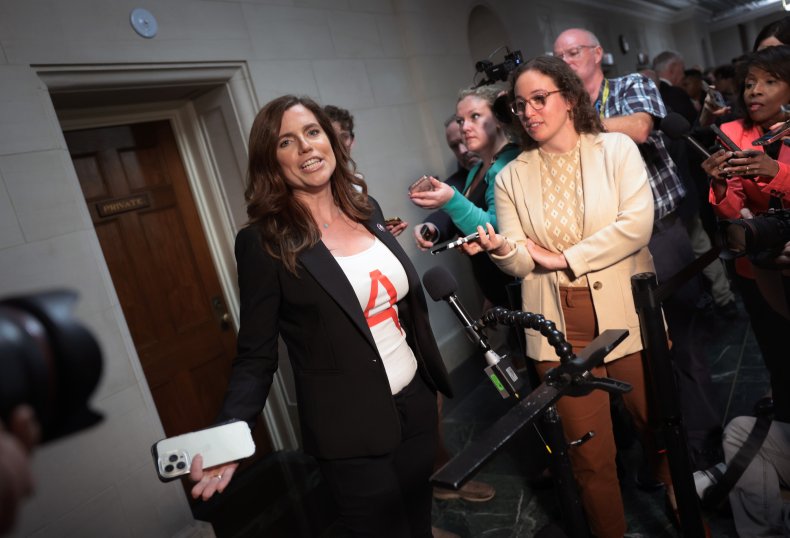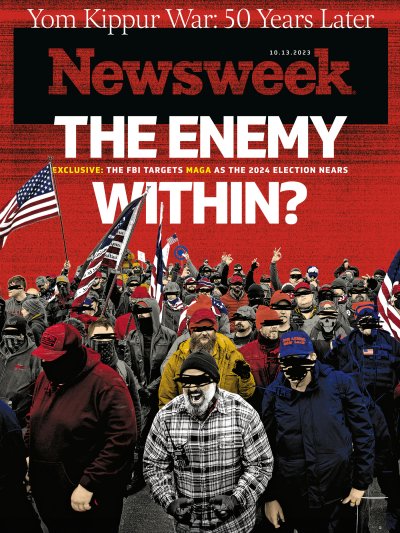The Supreme Court is set to consider on Wednesday a federal court ruling that Nancy Mace's South Carolina congressional district had been racially gerrymandered.
South Carolina Republicans asked the Supreme Court to review the ruling. In a written submission, they said that, unless overruled, Democrats could always claim a racial gerrymander whenever a GOP-leaning district is created.
Mace is a Republican who has clashed with former President Donald Trump on numerous occasions but is now a strong contender to be his vice-presidential running mate if he wins the Republican nomination.
Congressional District 1, which includes parts of Charleston, had elected Republicans to the House from 1980 to 2016, with the Democrats winning it in 2018. Mace took the seat for the GOP in 2020 and was reelected in November 2022.

During a redistricting in 2021, Republican officials redrew 140,000 residents, including 30,000 Black residents, from District 1 into Congressional District 6, a Democrat stronghold, to make the former a safer Republican seat. The redistricting removed 62% of Black voters from Mace's district.
The map was enacted in January 2022 and Mace won reelection that November, but the NAACP and other civil rights groups challenged the lines of Congressional District 1 as a racial gerrymander.
A three-judge federal panel agreed that race was the predominant factor in the drawing of the district.
The panel concluded that GOP lawmakers set a target of 17% Black voting-age population in Congressional District 1.
"The movement of over 30,000 African Americans in a single county from Congressional District No. 1 to Congressional District No. 6 created a stark racial gerrymander of Charleston County," the judges wrote after an 8-day trial.
One of the three judges, District Judge Richard M. Gergel, said during the trial that such a large shift of Black voters could only have been done by design.
"If you see a turtle on top of a fence post, you know someone put it there. This is not a coincidence," he said.
Newsweek has contacted the NAACP and Mace's office via email for comment.
The GOP's February submission stated: "If left uncorrected, the panel's holding would place states in an impossible bind by exposing them to potential racial gerrymandering liability whenever they decline to make majority-white, modestly majority-Republican districts majority-Democratic. And it would invite federal courts to micromanage political disputes in countless such districts across the country under the guise of superintending the finetuning of their racial composition."
The civil rights groups argued in their written submissions to the Supreme Court that using race as the predominant factor for redistricting is unconstitutional.
The claim before the Supreme Court that the redistricting violated Black people's rights is unusual as recent cases have mainly concerned suppression of white voters in majority Black areas.
"What makes this case interesting is it's the first racial gerrymandering claim involving a heavily white district where the claim is that race was used to artificially suppress the Black population of a district," Nicholas Stephanopoulos, a law professor at Harvard University, told CBS News.
"In every one of these cases, it's been a heavily minority district, and the claim is [that] race was used to inflate the minority population."
In Shelby County vs. Holder in 2013, the Supreme Court ruled that Section 4(b) of the pro-civil rights Voter Rights Act 1965 was unconstitutional because it was based on data that was over 40 years old, making it no longer relevant to current needs. The Act had required certain states and local governments with a history of Black voter suppression to obtain federal preclearance before implementing any changes to their voting laws or practices.
The Supreme Court noted that census data indicated that Black voter turnout had come to exceed white voter turnout in five of the six states originally covered by the preclearance, with a gap in the sixth state of less than one half of 1 percent.








